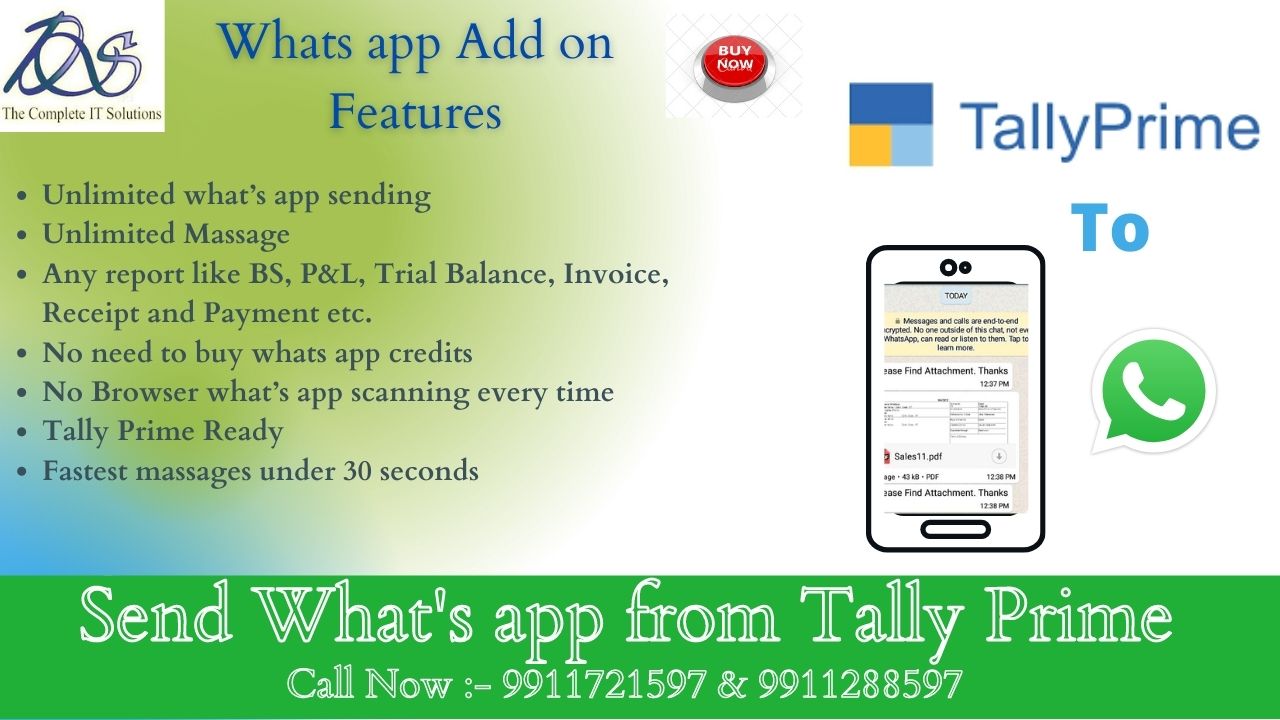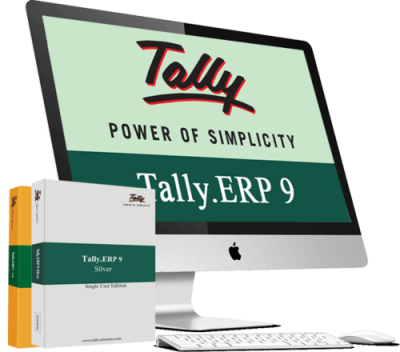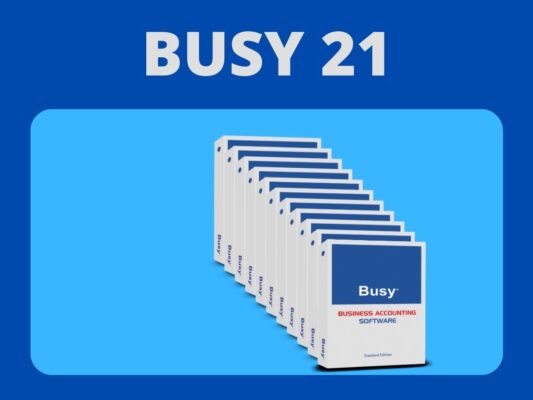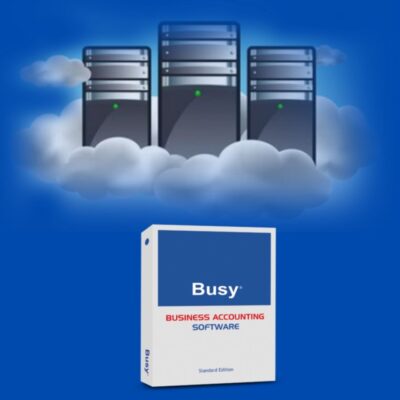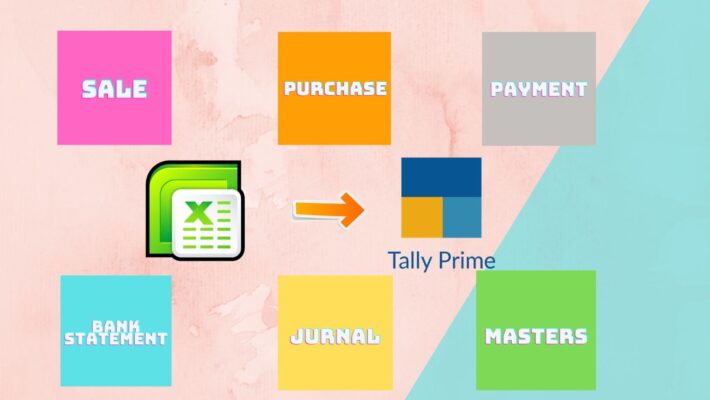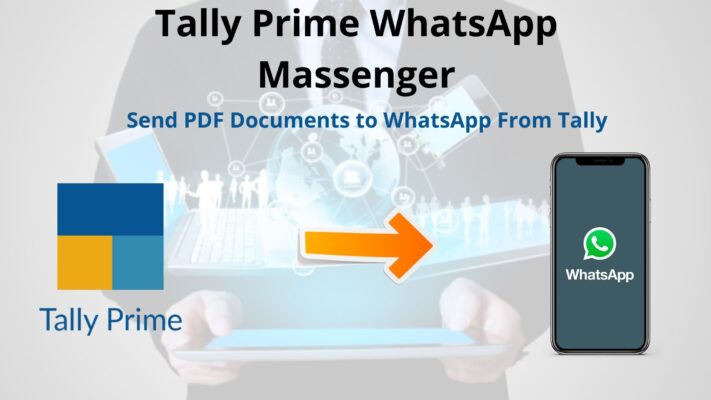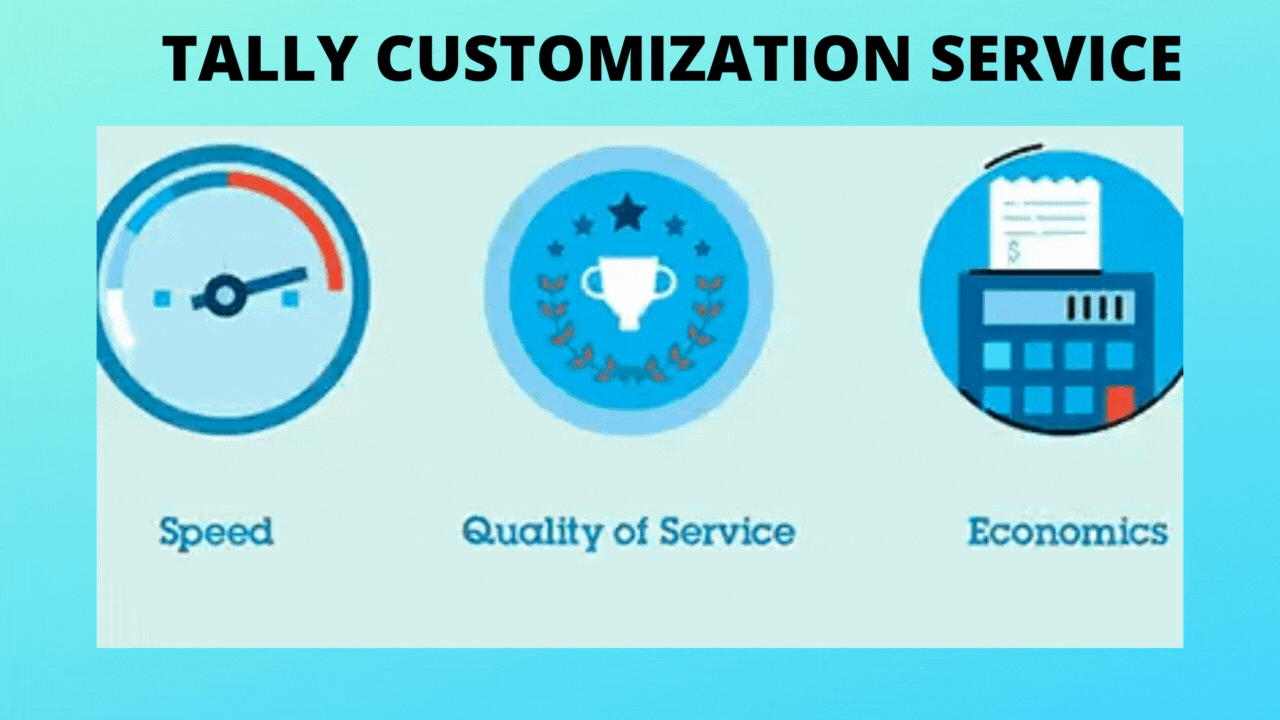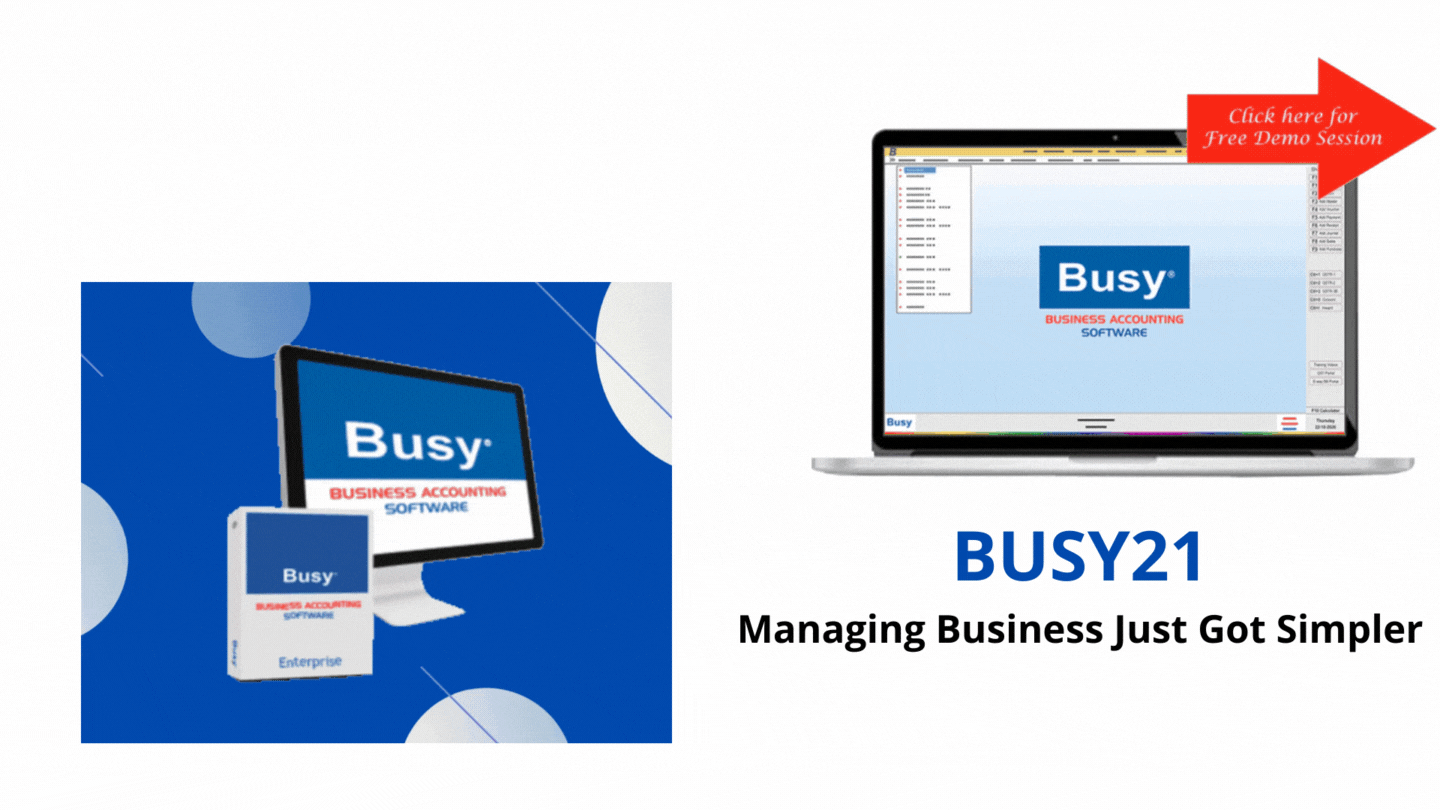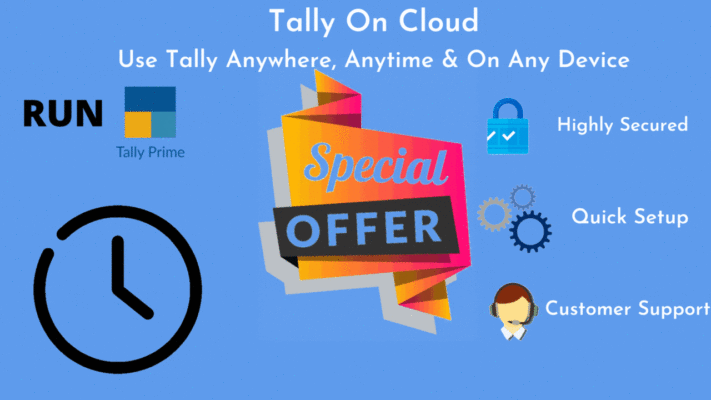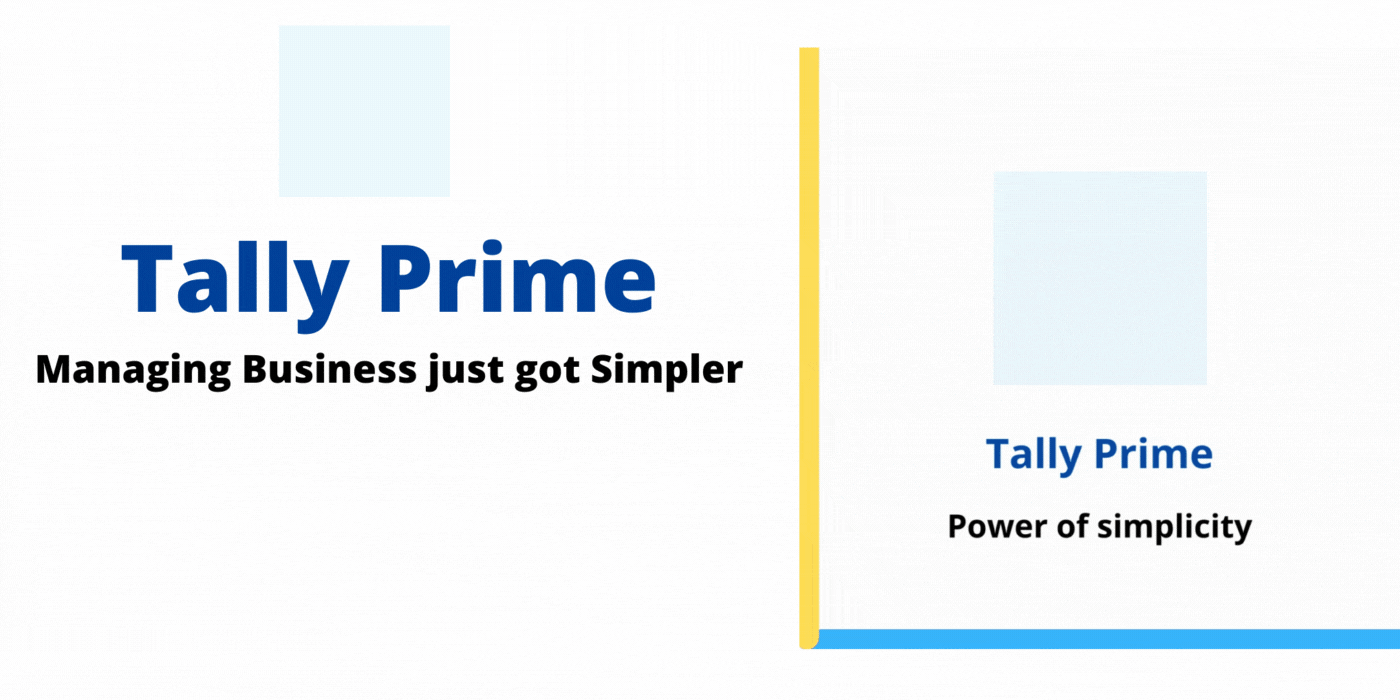Tally Solutions
E-Invoicing How MSMEs Will 2 Benefit?
What is e-invoicing?
e-Invoice referred to as ‘Electronic invoicing’ may be a system during which all B2B invoices are electronically uploaded and authenticated by the designated portal. Post successful authentication, a singular Invoice Reference Number (IRN) is generated for every invoice by IRP. along side IRN, each invoice is digitally signed and added with a QR code. This process is collectively called as e-invoicing under GST.E-Invoicing How MSMEs Will 2 Benefit?
E-invoicing has become a reality for businesses with a turnover of Rs. 500 crores and above, in the preceding year (2019-20), from 1st October 2020. As per the recent notification issued, e-invoicing will be applicable for businesses with a turnover with 100 crores and above from 1st January,2021. It is expected that it will be applicable for all the businesses doing B2B invoicing starting from 1st April,2021.E-Invoicing How MSMEs Will 2 Benefit?
Which businesses will require to generate e-invoice?
All businesses falling in the above criteria will be communicated to register on e-invoice portal to start e-invoicing mandatorily. Only those businesses who are mandated to generate e-invoice and have registered on the e-invoice portal will be allowed to generate e-invoices.
Once registered, these businesses will have to upload their B2B invoices (Sales, Credit Note and Debit Notes made to businesses, government entities and all types of exports) on e-invoice portal and get it registered before removal of goods from their premises.
This will also facilitate:
- Generation of e-way bill along with e-invoice
- Auto-population of information in GSTR 1 of taxpayer
- Auto-population of information in GSTR 2B of the receiver
e-Invoice system will have multiple options for the taxpayer, using which e-invoice can be generated: E-Invoicing How MSMEs Will 2 Benefit?
- Directly entered on the Web (IRP portal)
- Based on API (Business software communicate with IRP)
- Offline Tools like Excel (downloaded on e-invoice portal)
Once the invoice is registered on e-invoice portal, a digitally signed JSON along with QR Code, IRN (Invoice Registration No.) and e-way bill no. will be generated. Using that customer can prepare e-invoice.
How is e-invoice different from the current practice of invoicing?
E-invoice is a system in which the invoice needs to be electronically uploaded and authenticated with a unique invoice reference number (IRN) and digitally singed QR code. The change is that the seller needs to print the QR code and IRN number on the invoice before issuing it to the buyer. Businesses using ERP/ business management software that seamlessly connects with IRP system and automatically prints the QR code and IRN on the invoice will find it easy to manage e-invoice requirements without much changes to the business process.E-Invoicing How MSMEs Will 2 Benefit?
Benefits of e-invoicing for MSMEs
One of the main reasons why the government introduced e-invoicing is to curb tax evasion and reduce fake invoicing. Below are some of the most crucial benefits which MSMEs will have once e-invoicing mechanism takes the forefront:
| 1 | 2 | 3 |
-
Seamless account reconciliation
E-invoicing can help bridge the gap in data reconciliation to reduce mismatch errors, and data entry errors. It will also be possible to track invoices prepared by the supplier on a real-time basis, which reduces audits by the tax authorities since the required data will be available at the transactional level. The main aim of the tax department is to enable the pre-population of GST returns, which will reduce reconciliation-related problems. Once e-invoicing has been implemented, the data in the invoices can be pre-populated into the relevant tables of the tax returns without the need for fresh data entry.
-
Faster availability of genuine input tax credit
Manual calculations while filing GST returns often lead to errors and with respect to under or over-claiming of input tax credits. A business is entitled to this amount for the tax that is already paid on the product. Any differences in the claiming of ITC can result in huge losses for a business and would also cost the business owner extra to fix the errors. Since details are available in GSTR-2 on real time basis, with e-invoicing, buyer’s ITC eligibility is confirmed
-
Reduced compliance burden
Since systems are integrated with one another, information flows to GSTN system and e-way bill system, which will ultimately reduce compliance. On continuous upload of invoices, most of the details will be pre-populated in the return. All you need to do is simply include the additional details (B2C), verify and file return.
-
Easy tracking of invoices
When using the e-invoicing system, it is easy to monitor where the e-invoice is sent in real-time. You’ll know for sure that the invoice will be submitted and received. The status of the invoice, whether approved, denied or pending by the client, can also be seen.
-
Help MSMEs secure loans faster
Getting loans has always posed a major challenge for MSMEs. To get a loan sanctioned from financial institutions, MSMEs have to furnish a plethora of documents. However, with e-invoicing in place, MSMEs can avail loans, instantly, as banks can rate them on the basis of these invoices.
-
Reducing fake invoices or duplicate invoices
As per the latest State of Tax Justice report, India is losing over Rs 75,000 crore in tax, due to global tax abuse. The non-digitising of invoices by suppliers has led to an increase in fake/duplicate invoices which ultimately results in tax evasion. Implementation of e-invoice mechanism will help mitigate this tax evasion by keeping a track of fake invoices that are issued, and ensuring a common database is available to tax authorities which will help in driving tax compliance.
Call us for any more details @ 9911721597 & 7838541297


